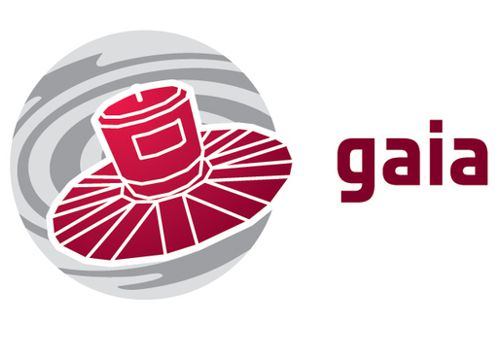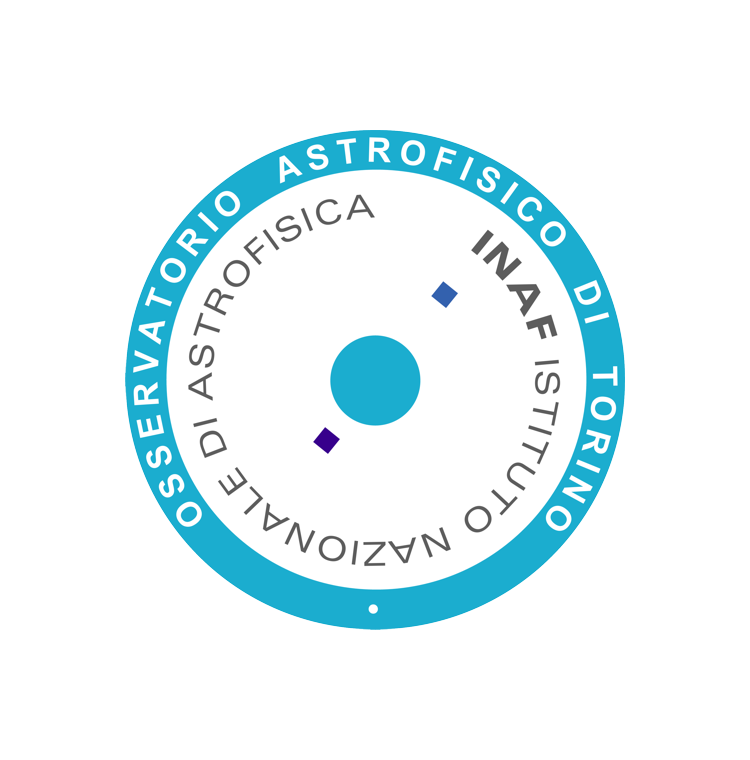
PROJECT NAME
Gaia
SHORT DESCRIPTION
Gaia is an ESA cornerstone astrometric mission that was launched in 2013, whose main goal is to provide absolute astrometry that is a 100 times more accurate than its predecessor Hipparcos. It will target much fainter objects down to a magnitude G ∼ 21 mag, thus providing a catalogue of two billion objects covering the entire sky.
The ambition of Gaia is to provide a homogeneous census of the positions, parallaxes, and proper motions for as much as 1% of the stars in the Milky Way. Gaia will be able to measure high precision parallaxes with uncertainties of the order of 0.01 mas at G ∼ 21 mag, (at the end of the mission).
Gaia is also equipped with a spectrograph, to measure line-of-sight velocities of millions of stars of various spectral types, down to G ∼ 16-17 mag.
ROLE
OATo is leading the Italian participation in Gaia. On behalf of INAF and the Italian Space Agency (ASI), and in collaboration with the dedicated staff of ALTEC spa, the staff of the OATo have conceived, built and operate the Data Processing Center (DPCT) of Gaia located at the ALTEC facility in Corso Marche 79 in Turin. It is one of the six European centers that constitute the Science Ground Segment for the processing and analysis of the mission data.
The activities that take place at the DPCT range from hardware and software solutions for technological-scientific exploitation of the Mission Database (the largest ever created in Italy and among the largest on a continental level) to the fundamental calibrations of the satellite through the calibration of the astrometric focal plane and the monitoring of the Basic Angle. OATo activities also include the relativistic solution of the celestial sphere based on the RAMOD model, entirely developed in OATo, the verification of the astrometric quality of the Gaia catalogs, and, the identification and characterization of exoplanets.
Before mission launch, OATo provided the Initial Gaia Source List.
In addition, OATo researchers have been prominent in the scientific exploitation of initial data releases.
TIMELINE
The mission was formally approved by ESA in 2000, as part of its Horizon 2000 Plus program. Launch occurred successfully in December 2013. The nominal 5-years of Gaia observations were completed in July 2019, but the onboard fuel reserve is expected to keep Gaia operational until 2025. For this reason, ESA has already officially extended the Gaia mission until the end of 2022.

